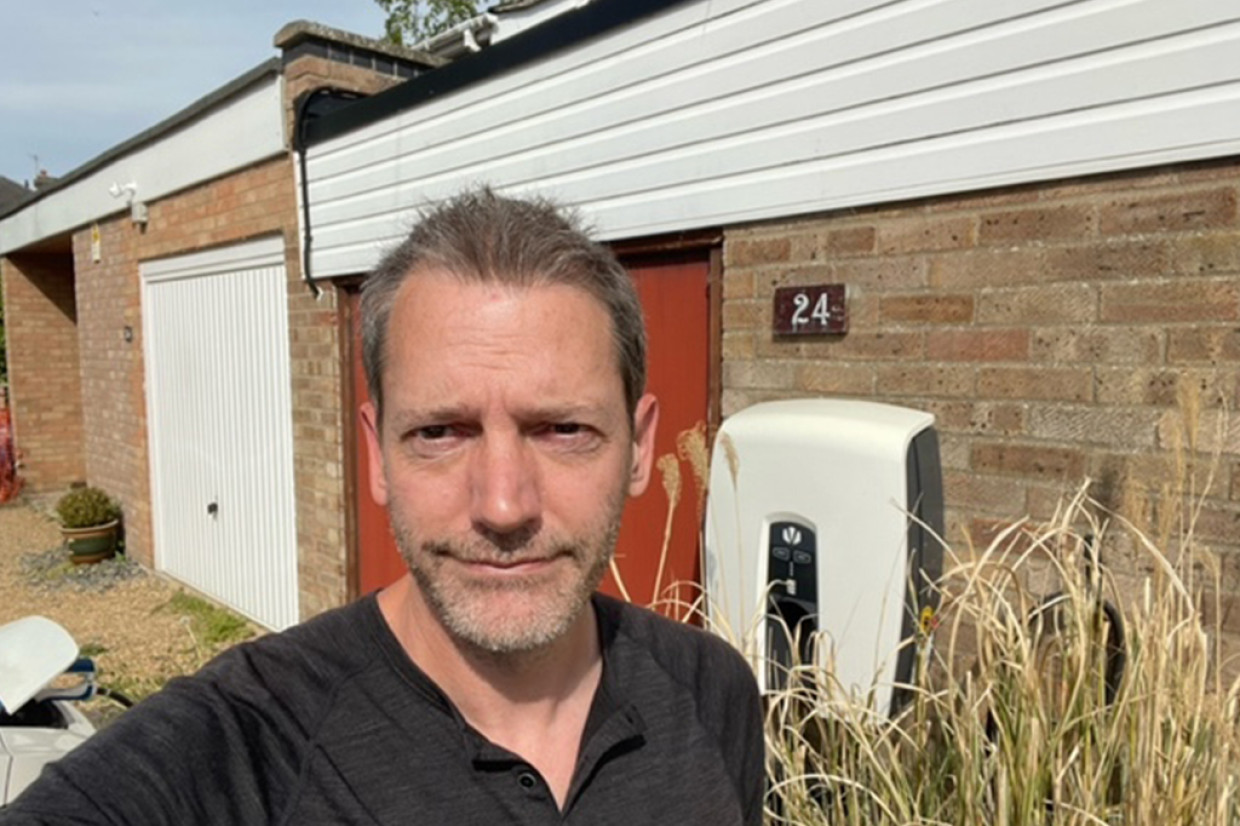
OVO Energy is helping us change the way we think about reducing our emissions through lower-impact home energy and e-mobility – whether it’s through 100% renewable electricity*, its e-bike scheme or creating more UK green spaces through its Tree Planting Promise.
Now OVO Energy is changing the way we connect to the grid with Vehicle-to-Grid (V2G) technology. V2G is a unique way of using your electric car’s battery as part of a two-way home energy ecosystem – helping you reduce the cost of your energy bills, and helping the broader energy grid to more efficiently manage energy usage during peak hours.
V2G may sound like something of a sci-fi future, but – working with partners Nissan, Indra, Cenex and Kaluza – OVO Energy has just conducted the world’s largest trial of bi-directional technology, to explore what it’s like to use in practice and live with every day. We sat down with Paul Kershaw – one of 320 participants in OVO Energy’s V2G trial – to find out how he found it.
Learn more about OVO Energy’s V2G trial
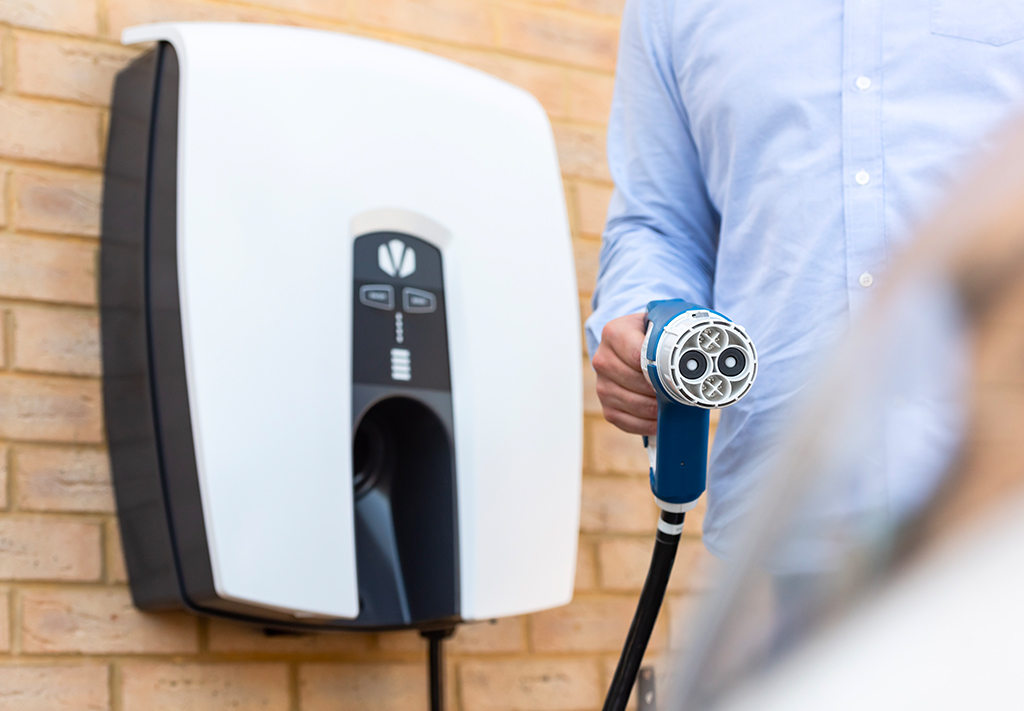
How V2G is different to standard home charging
First, how does V2G work? Well, a typical home EV charger – which tops up your electric car using electricity from your home supply – is what the industry calls unidirectional (or one-way). With bi-directional (two-way) chargers, electricity can flow both ways, including from your electric car back to the grid.
At peak times when energy demand is at its highest, our national energy grid is under a lot of pressure, making electricity more expensive and increasing the risk of power surges and blackouts. As the average UK car spends 96% of the time parked up – with 73% of that time at home – V2G provides the perfect chance to use what would otherwise be an idle battery sitting dormant on your driveway as an energy store and supply.
The result: with an estimated 140-240 million EVs on the road globally by 2030**, we have the potential to harness a huge amount of energy with relatively minimal effort. A network of batteries waiting in the wings, ready to balance our grid at a moment’s notice.
How getting V2G installed is easier than you think
Paul Kershaw, a self-proclaimed technology enthusiast is quick to explain his reasoning for getting involved in OVO Energy’s V2G trial. “I really liked the idea of it,” he explains. “I had a BMW i3, but I didn’t use it much, so I effectively had this great big battery sitting outside my house.”
For the specialised chargers required for V2G to work in this trial, OVO Energy turned to Indra Renewable Technologies – the company responsible for producing the world’s first domestic bi-directional charging unit. Yet, despite the need for some subtle home modifications, the installation required minimal effort.
“There wasn’t too much involved,” Paul explains. “Once I had the charger installed at my home by OVO Energy, and once I was set up on the Kaluza app – which monitors buying and selling energy with the grid – that was it!”
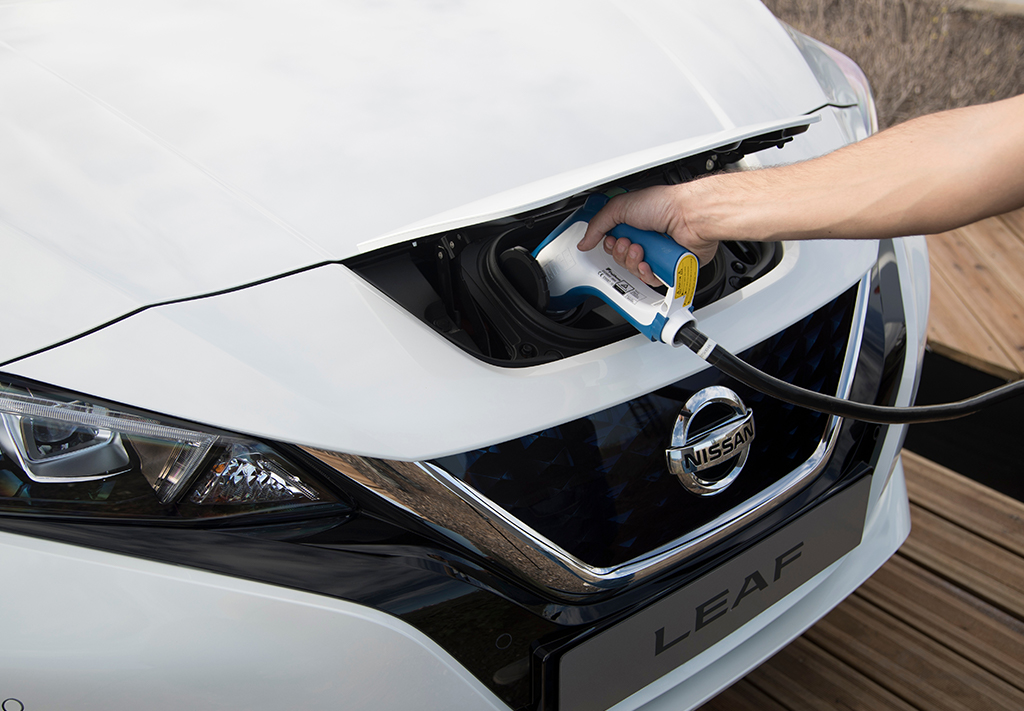
What is V2G like to live with every day?
That simple-to-use Kaluza app is the key to integrating V2G seamlessly into your everyday life. It calculates how much you use your electric car on a daily basis, and cleverly keeps your battery level above that figure. Crucially, it also ensures you can plan ahead flexibly for longer journeys, letting you override the settings to ensure you set off from home with the maximum charge at the lowest possible cost, and don’t have to rely on public charging.
“The app made V2G so easy to use,” says Paul. “I don’t have to worry about it, which means a lot to me. It was just a matter of parking the car up, plugging it in, and leaving it. The app really takes care of everything.”
“The minimum charge that I typically needed to use my car was very small – around 20% – so the app never took my battery lower than that. If I ever did need the car for more than the usual amount – if I was travelling a long distance to visit a friend as a one-off – I could use the ‘boost’ feature. The boost button overrides any of the grid settings and started charging my car right there and then.
“I got an annual summary from the OVO Energy app, and it said I was “99.1% green” in my energy usage, as I only needed to use the boost function once. So, I almost never needed to demand extra energy from the grid. The car is like the beating heart to my house now, but I don’t notice it at all – it’s just in the background doing its job.
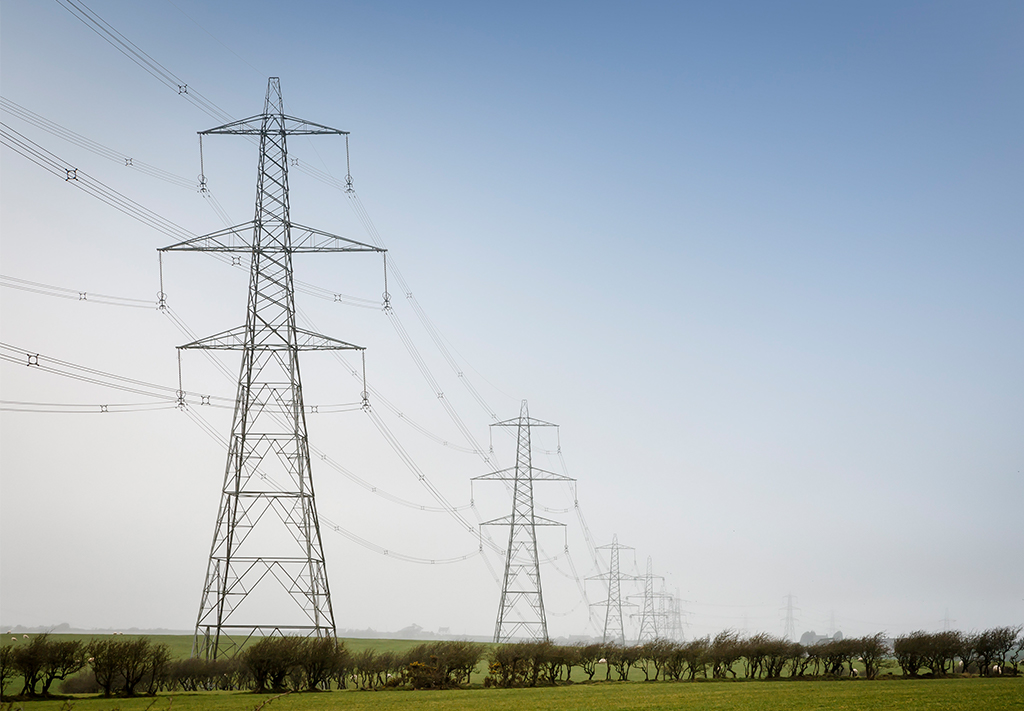
How can V2G help you cut your home energy bills?
The key advantage to V2G is helping you to cut the costs of your home energy bills. By using energy from the grid to charge your car at the cheapest rates and tariffs (typically overnight) and then exporting it back to the grid when it’s needed at peak times during the day, you can effectively offset your bills.
In fact, Paul was exporting more energy to the grid than he was using himself, meaning that by the time the summer came around (where he wasn’t using as much energy) he wasn’t having to pay anything in the way of home energy costs out of his pocket.
“During the trial, I was exporting enough energy to cover all of my home's electricity and gas needs” says Paul. “Over the course of the year, I essentially offset my bills. I was buying energy at 30p, but when I sold it back to the grid, I was making 38p. Over the course of 12 months, that added up sufficiently. I was essentially moving my bills back to £0.”
“I feel very lucky having signed on to the trial – especially considering what’s going on right now. But it isn’t just savings over the last few months. It feels good to know that I’m assisting the grid, as well as myself.”
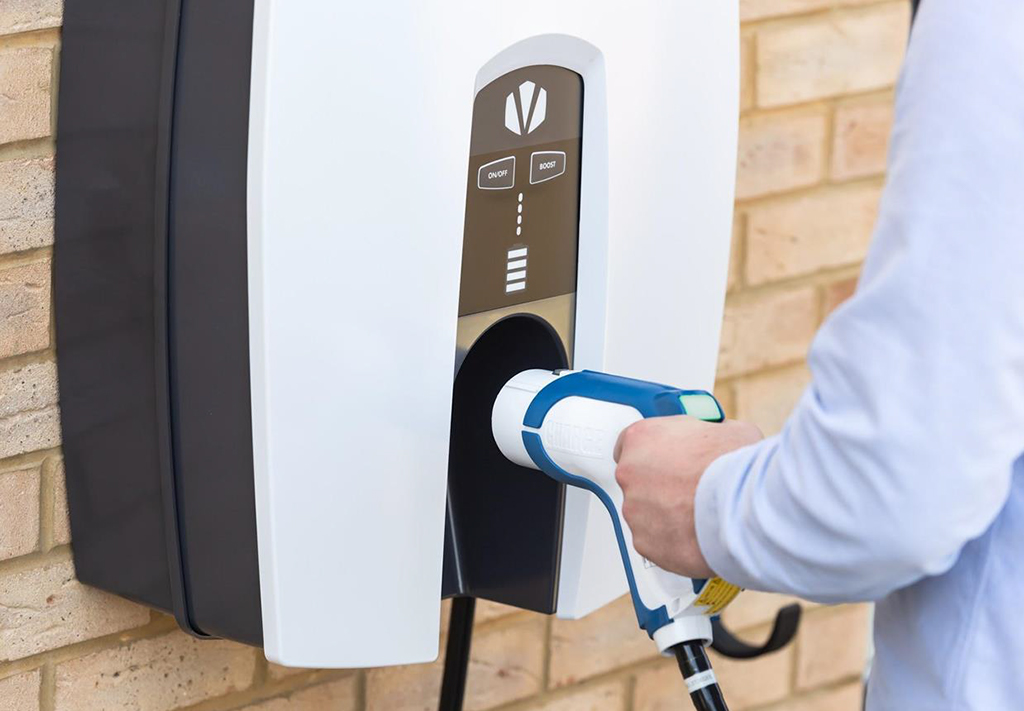
The V2G trial: key takeaways
Now that OVO Energy's V2G trial has come to an end, we wanted to know whether this bi-directional charging technology has lived up to expectations. Perhaps unsurprisingly, the trial has led to more than just money back and – for Paul – a real sense of engagement in the importance of evolving how we charge our EVs and why it matters.
“My experience has been overwhelmingly positive” he says. “I would definitely say OVO Energy’s V2G scheme has helped me focus on living a more sustainable lifestyle, without incurring stress about the costs of doing so. Being more green is a personal interest of mine, so emotionally, there has been a real feel-good impact.”
“I loved the fact the scheme could help balance out the grid and future energy demands – it’s a very good solution to one of society’s problems. All the potential of the battery space being attached to the grid helps to smooth out peaks and troughs. It’s future thinking, and that’s why I’ve enjoyed it so much.”
Despite OVO Energy’s V2G trial coming to an end, those like Paul who participated in the scheme continue to benefit from this technology, maximising on export rates to help offset their energy bills.
*For all OVO Energy’s customers with a smart meter
**https://www.virta.global/vehicle-to-grid-v2g

